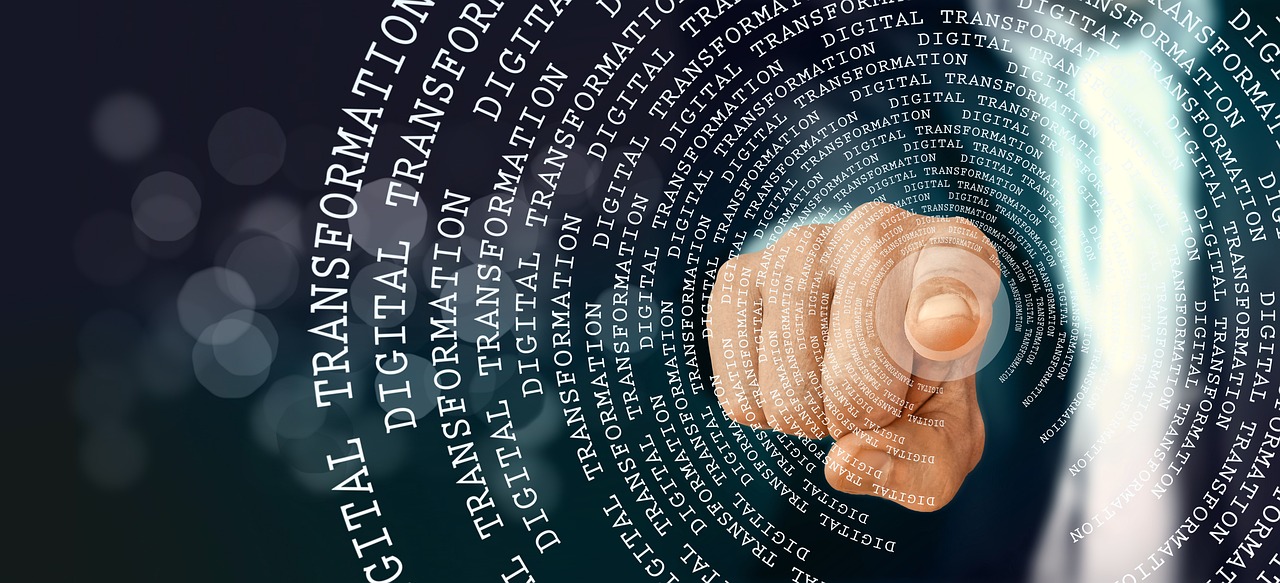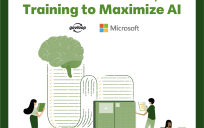Digital transformation is a priority for government agencies. The Central Digital and Data Office (CDDO) reported that an additional 2,500 digital and technology roles will be added to the government sector by 2025. However, agencies determined to evolve their digital transformation plans may differ, the objective is universal: improve proficiency so that individuals can do more with existing resources and efficiently serve constituents when, where and how they desire.
Like their private-sector counterparts, agencies seek ways to improve efficiency. The pressure of an increasing workload creates stress and increases staff burnout. One way to improve this situation is to implement technologies that handle repetitive tasks and improve the ability to access services and find information quickly. Artificial intelligence (AI) and machine learning (ML) are essential building blocks to streamline workloads, quickly convey information, and uncover useful data that, combined with visual communication technologies, will transform the agency experience.
Government agencies can meet the expectations of their constituents by:
Handling Frequently Asked Questions
You can start simply by implementing an online knowledge base to find answers to common questions. The digital transformation step would utilize chatbots to help constituents with common questions. A digitally proactive option would use this automation to put frequently asked questions on digital signage screens in the lobby or waiting area of the agency space.
For example, at the Department of Motor Vehicles (DMV), signage could display “How To’s” for renewing one’s driver’s license or obtaining a vehicle registration. This process increases staff proficiency and simplifies the constituent experience as they seek answers to commonly asked questions.
Awareness of Services and Requirements
Courthouses, Veterans Affairs (VA) hospitals, and DMVs are all facilities where constituents go to receive help in their respective states. In all three examples, knowing where to go, what paperwork you need and a schedule will make for a more streamlined visit for both the staff and visitor.
The Social Security Administration (SSA) and many DMV offices have implemented “Now Serving” systems that sort visitors by the service they need. Using integrations between these systems and a digital signage screen can put necessary queueing information on one part of the display, while also showing recommendations on how to prepare for the in-person interaction portion of your visit. Changing the content on screen based on the time of day or the number of people waiting for specific services is a digitally transformative way to improve current operations.
Staff Communication and Engagement
Government agencies and other businesses often share commonality in employee engagement efforts. The visitor experience is often directly related to employee engagement. A more engaged employee will provide higher quality service to visitors.
To improve engagement rates, an agency needs to invest in three areas: communication, recognition and growth. This can be done through digital signage and can be automated to create streamlined, staff-facing communications. During standard work times, the content can be short and provide bite-size information to employees who may be on a time crunch. However, during lunch or other break periods, the content can be shared in a longer format and display recognitions and performance updates on group goals. Interactive screens can be used to deliver personal development content on demand to engage employees in new ways.
In summary, the expectations of constituents are constantly reaching higher levels and the need for government agencies to deliver with current resources is a pressure point. Using digital tools such as AI, a website chatbot and digital signage can transform the way your agency meets those expectations while supporting your staff.
As Director of Government Sales at Hughes, James Clevenger leads the company’s team responsible for U.S. Federal and State Government connectivity programs across all 50 states and Puerto Rico. In supporting Federal agencies and local government networks, Mr. Clevenger applies the broad range of Hughes services and technologies – from satellite communications to terrestrial broadband, from managed services and cybersecurity to digital signage.
Prior to joining Hughes, Mr. Clevenger spent more than 20 years at Qwest Communications/ CenturyLink in sales management and leadership positions. In his last position there, he led teams supporting some of the largest civilian customers, such as the Internal Revenue Service, National Aeronautics and Space Administration, Department of Justice, General Services Administration and the Federal Communications Commission.
Mr. Clevenger earned a Bachelor of Science degree in Economics from Hobart College in New York.





Leave a Reply
You must be logged in to post a comment.